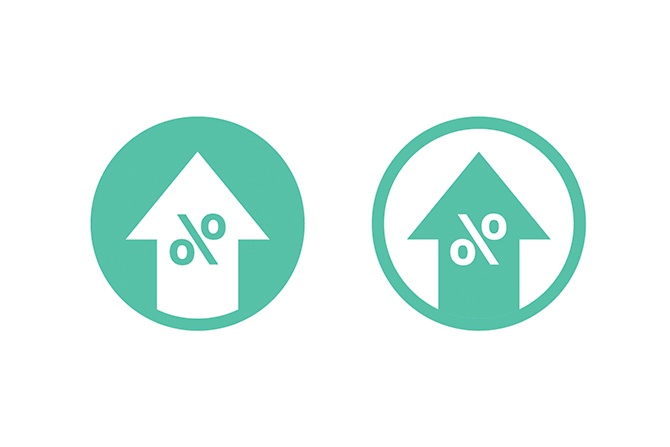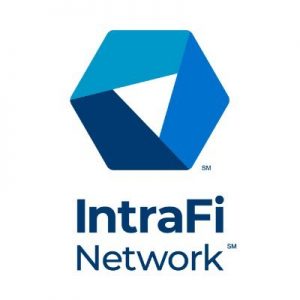With inflation running hot, the Federal Reserve Board has recently begun accelerating its tapering program. In addition, the latest dot plot for the median federal funds rate shows that short-term interest rates could increase three times in 2022.
Bank leaders should be preparing for rising interest rates, a challenge that will be difficult given the extraordinary liquidity in today’s market. Below are five tips to help them do just that.
1. Evaluate pricing strategies
Banks that haven’t adjusted their deposit rates to match current market rates, which are effectively zero, should think about doing so now. Given the relative yields of other cash alternatives, deposit rates could be higher than they should be.
2. Segment customers by rate sensitivity
For the first time in recent memory, most banks don’t need – or even want – all their deposits. This presents a unique opportunity for banks to evaluate the rate sensitivity of their customers and consider adding rate-insensitive customers down the road.
3. Take a harder look at derivatives
Many banks have been reluctant to embrace derivatives, but swaps can be a valuable tool for hedging against rising rates, as swapping a floating rate for a fixed rate will benefit banks once interest rates rise and funding costs increase. Also, tying funding to a swap that mirrors funding characteristics is an activity that can qualify for hedge accounting, which means the swap doesn’t need to be marked to market and doesn’t hit the income statement.
4. Shorten the duration of securities portfolios
Many bankers are wrestling with how to deploy deposits in the absence of loan demand. Shorter-term loans and securities are currently yielding little to nothing, but longer-dated assets could be underwater as soon as next year. It’s a tricky balance, but banks may wish to consider keeping the duration of their securities as short as possible while keeping their heads above water. Margins may suffer in the near term, but having large portfolios of longer-dated securities could be even more problematic. Tools such as reciprocal deposits, which are insured, could provide relief by reducing the amount of collateral banks need to hold.
5. Review wholesale funding strategies
Wholesale funding also helps banks manage interest rate risk – more so than retail deposits. By borrowing amounts at terms more or less in line with those of a commercial loan, banks can effectively match funding to long-term, fixed-rate positions. And in an environment where rates are projected to rise, banks that lock in low rates today, or refinance higher-cost funding, can earn higher spreads once loan demand picks up.
The challenges facing today’s banking industry are many, and interest rate risk is big. However, by proactively thinking about repricing deposits, segmenting customers, taking a closer look at derivatives, not overextending the securities portfolio, and reviewing wholesale funding strategies, bank leaders can position their institutions to ride out the uncertainty and succeed in the future.
IntraFi Network is the number one provider of deposit products to U.S. financial institutions, a leading provider of overnight and term funding solutions, and one of the nation’s best places to work. Its members include most of the nation’s community banks, minority depository institutions, and community development financial institutions. For more information on IntraFi Network, please contact Bryan Harper, Managing Director, at 866 776-6426, bharper@intrafi.com, or www.IntraFi.com.









